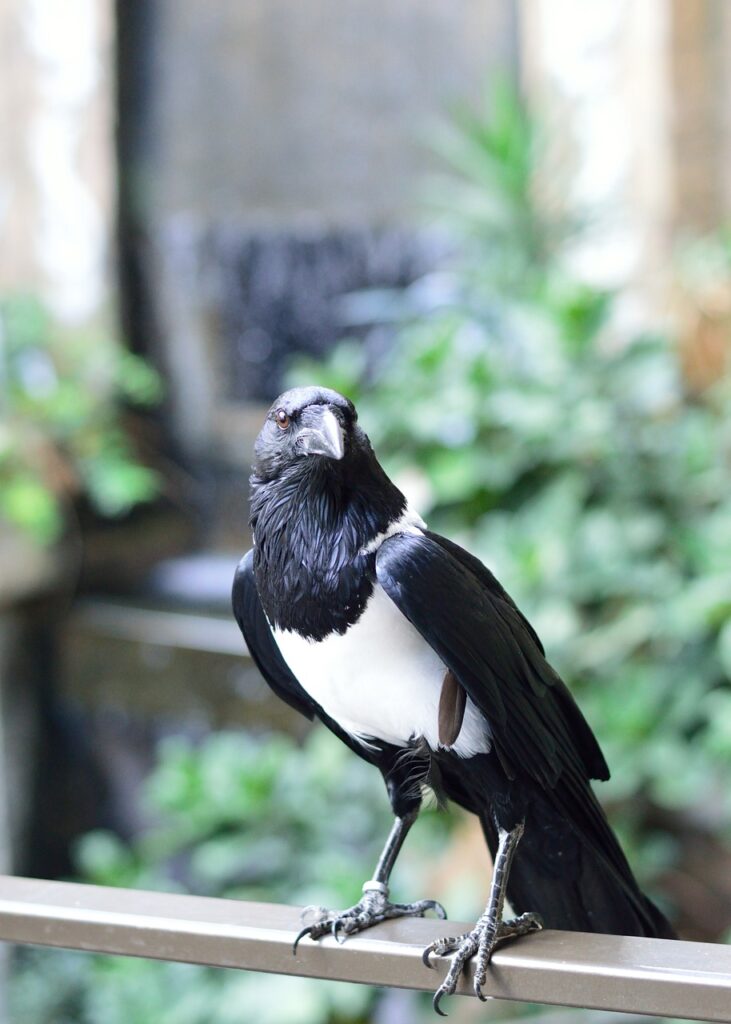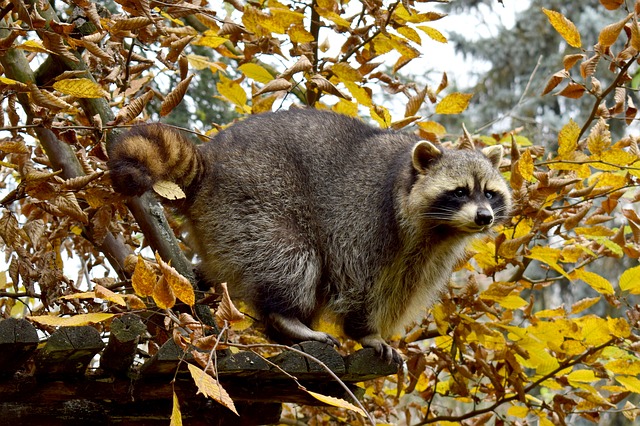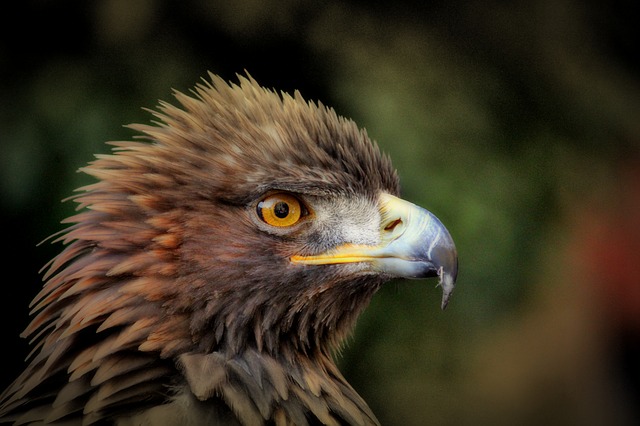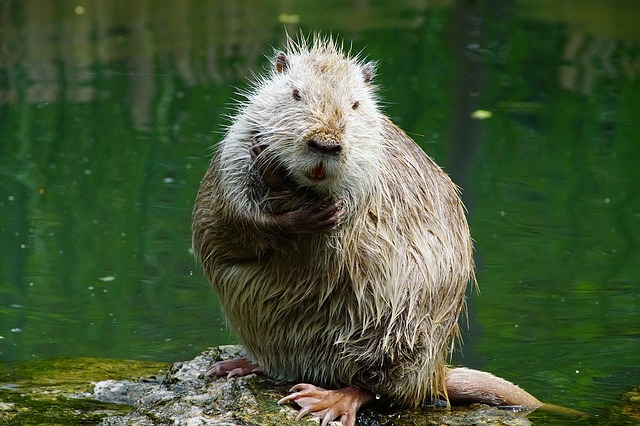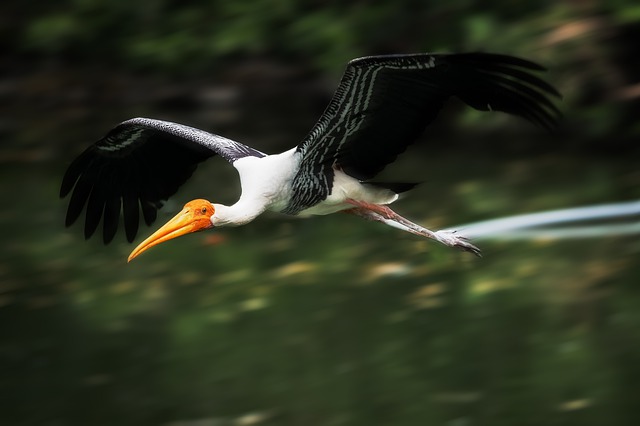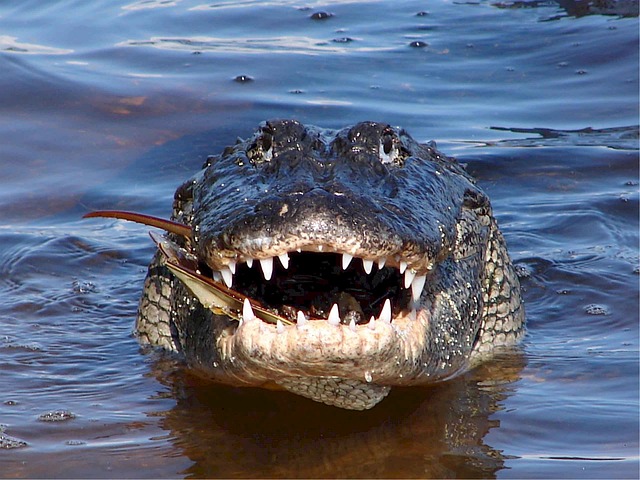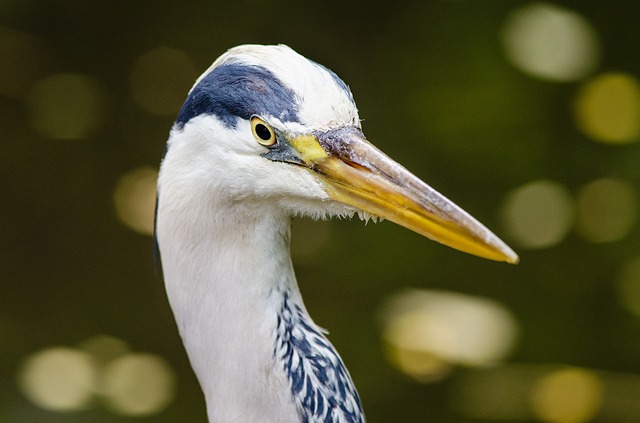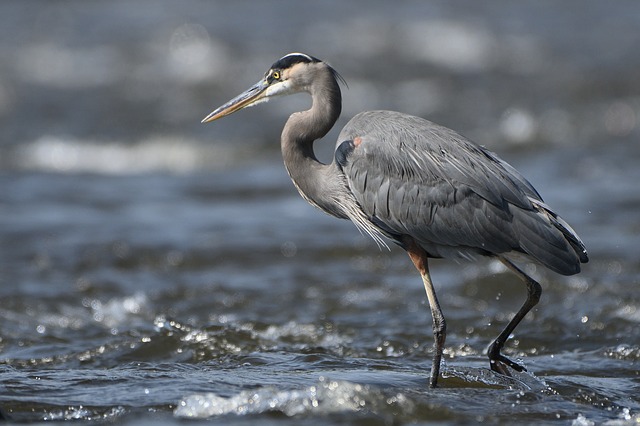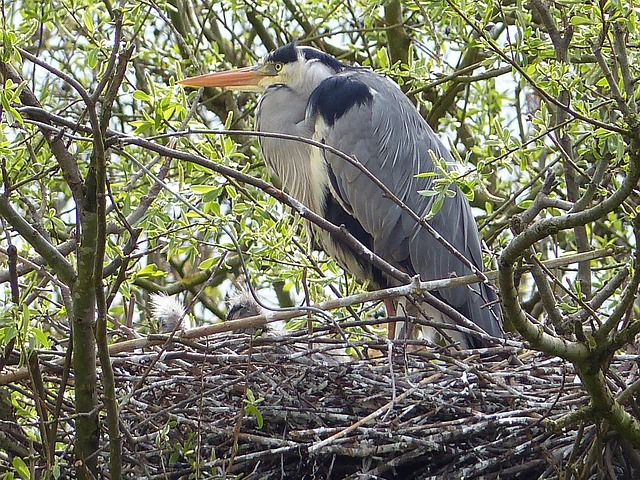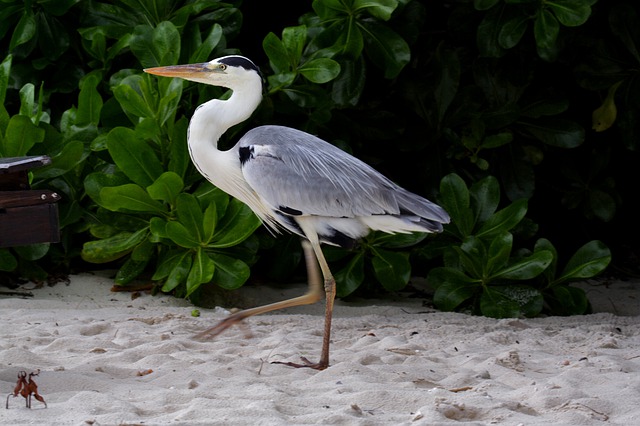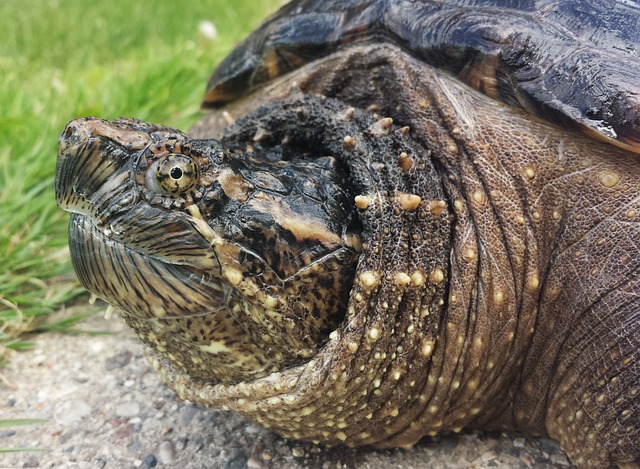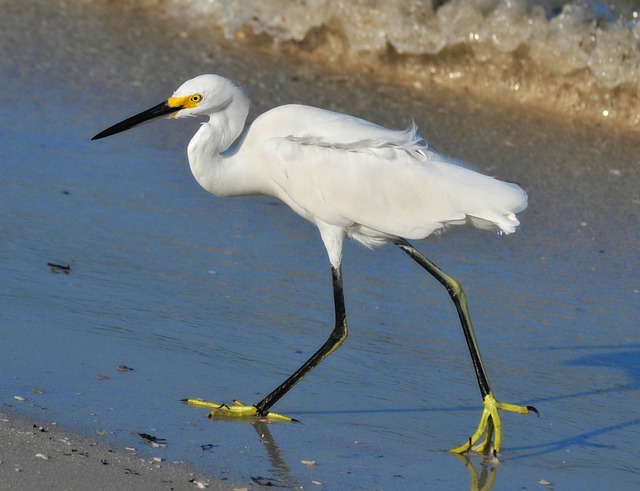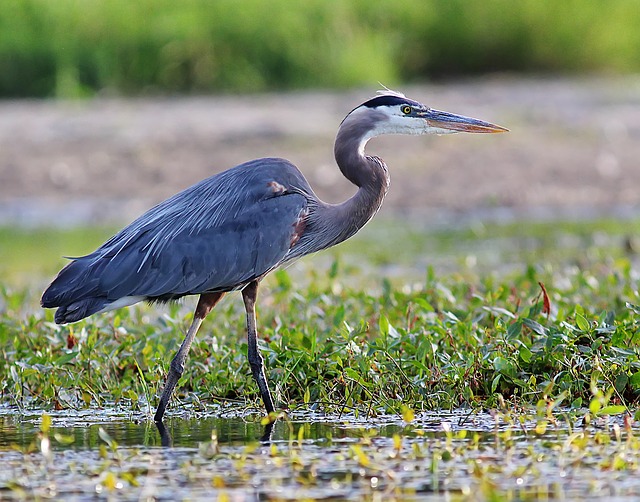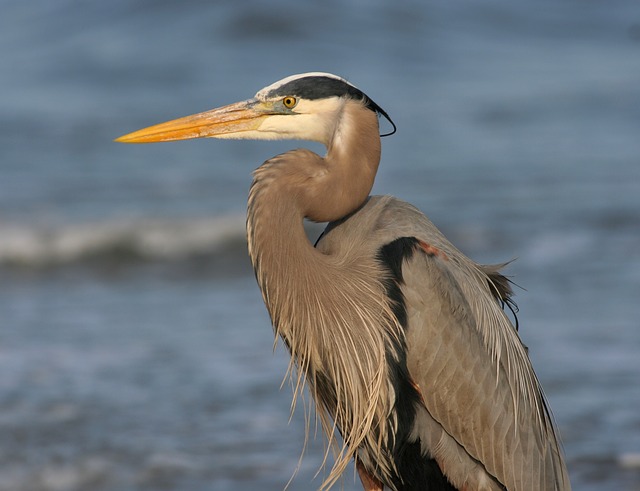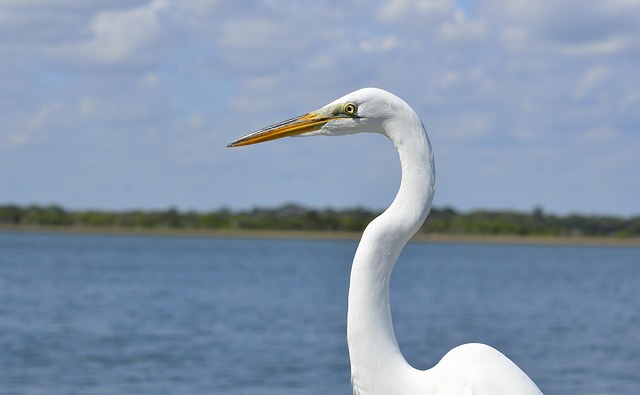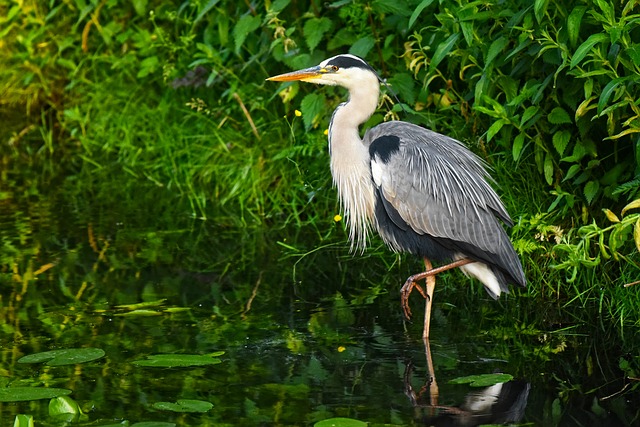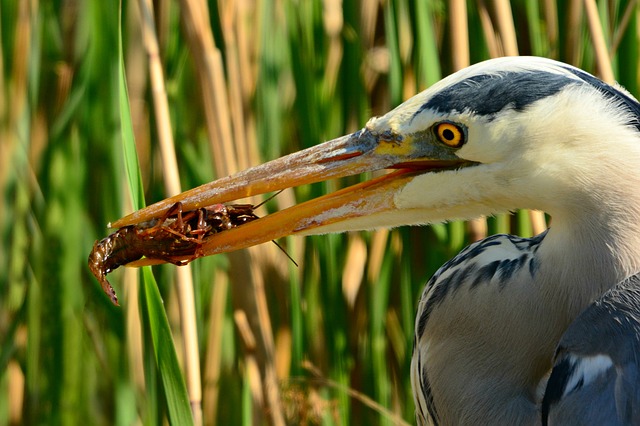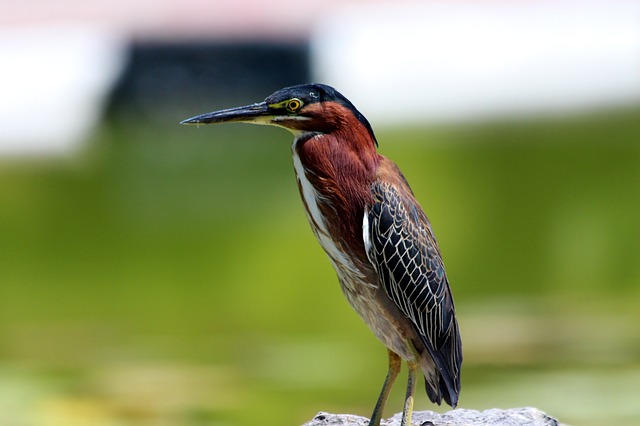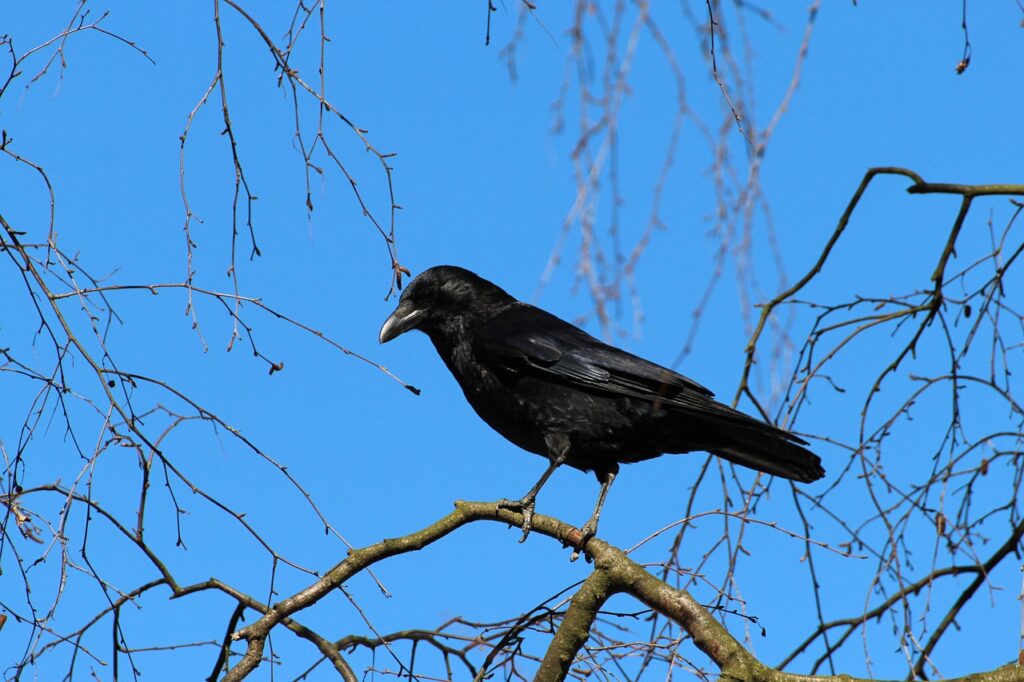
When it comes to crows, most people are familiar with the image of a sleek-looking solid black bird. But are all crows black? No, they aren’t. Here’s what you’ll want to know.
The American Crow Is Not All Crows
The American crow is found throughout most of North America, all the way from Canada down to the United States and into Mexico. It is an all-black medium size bird. In North America, when the term “crow” is used, the American crow is the bird most people are referring to.
And because so many people are familiar with the American crow, it is often used as a stand-in for all “crows.” However, there are actually many different species of crows that can be found all over the world. And each of those species is unique. In fact, crows belong to a genus of birds known as Corvus. The Corvus genus has over 40 different species of birds.
In addition to crows, it includes ravens, jackdaws, and rooks. Many of these closely related birds look similar and have similar traits. And many of them are also called “crows” in their local region.
For example, in the UK, the carrion crow is the species most people simply recognize as “crows.” However, in Australia, if you say “crow,” most people will assume you are referring to either the Australian raven or the Torresian crow.
Are All Crows Black?
While the majority of crow species have black plumage, there are exceptions. Some crows have patches of white, gray, or even other colors. For example, the pied crow is black, although it has a large patch of white from its shoulders to its lower breast. And the white-necked raven, while primarily black, has a big patch of white feathers on the nape of its neck.
The brown-necked raven is a predominantly black bird with a head and neck that are brown. And many crows have an iridescent sheen on their feathers, making them look purple, blue, or green when seen in specific lighting and at different angles. For instance, the American crow, fish crow, common raven, Australian raven, and carrion crow all have iridescent feathers.
There are also several rare genetic conditions that can cause crows to be white or partially white, such as piebaldism, leucism, and albinism. Piebald crows typically have irregular patches of white. That’s because only certain areas of their body cannot produce melanin (the pigment that gives crows their black color). Leucistic crows, on the other hand, have a partial loss of all pigments, not just melanin.
So these crows may be lighter in color overall, partially white, or even totally white. However, they always have dark-colored eyes. Albino crows have a total loss of pigment, giving them extremely light or white feathers in addition to eyes that are always pink. These genetic conditions are very rare, and many crows with them don’t survive to adulthood because they are easier to spot by predators.
Why Are Crows Black?
Most crows have evolved to be black or mostly black because it benefits them. Black is an excellent color when it comes to camouflage. It helps crows to blend into the shadows and remain undetected by predators. In addition, having black feathers helps crows to stay warm when it’s cold.
Black feathers absorb more sunlight than feathers of other colors. This helps birds with black plumage to heat up faster. At the same time, being black also helps crows to stay cool. When it gets hot black feathers help to radiate heat away from the body more efficiently than those of other colors as well.
And as for the science behind their color, crows are black because their feathers have a high level of the pigment melanin. More specifically, they have a high concentration of eumelanin, the type of melanin that is responsible for giving birds black or dark brown feathers.
Conclusion
So are all crows black? No, however, most crow species are totally black or mainly black in color. And having black plumage helps them to hide from predators and regulate their body temperature. The pigment specifically responsible for their black feathers is eumelanin, which is a type of melanin.
Start Shopping for Birding Supplies!
Raccoon Pictures
Raccoons are easily recognizable by their black face mask and ringed tail. And there are many fascinating things about this intelligent nocturnal species. So we’ve compiled some of the best raccoon pictures to show you just how amazing and unique they are. Raccoon...
Eagle Pictures
Eagles are large powerful raptors with sharp talons and beaks. These apex predators are typically at top of the food chain and there are many interesting things about them. So we’ve compiled some of the best eagle pictures to show you just how amazing they are. Bald...
Nutria Pictures
Nutria are large semi-aquatic rodents from South America. In the United States where they were originally imported for the fur industry, they are an invasive species. Despite their pest status, there are many interesting things about them. So here are some of the best...
Stork Pictures
Storks are tall wading birds with long legs and necks. These amazing birds have many fascinating things about them. And we’ve compiled some of the top stork pictures to help show you just how interesting and beautiful they are. White Stork The white stork has a body...
Alligator Pictures
The American alligator is a large predatory reptile that inhabits the southeastern United States. It’s a fascinating animal with many interesting things about it. And we’ve collected some of the best alligator pictures to help show you just how amazing they are....
How Long Do Great Blue Herons Live?
The life expectancy of birds is known to be closely related to their size. So as the biggest heron species in North America, how long do great blue herons live? The average life expectancy for these large birds is around fifteen years. However, surviving their first...
Where Do Great Blue Herons Live?
The great blue heron is considered to be the most widespread heron in North America. So exactly where do great blue herons live? Here’s what you’ll want to know. Great Blue Heron Range The great blue heron is found throughout most of the North American continent. In...
Where Do Great Blue Herons Nest?
While many of us have seen great blue herons their nesting habits often remain a mystery to most people. That’s because they purposely nest in hard-to-reach places. So where do great blue herons nest? Here’s the answer. A Colony Nester Typically great blue herons nest...
Do Great Blue Herons Migrate?
Do great blue herons migrate? This is something many people wonder about, especially if they’ve seen a heron during the cold winter months. And the answer is both yes and no. Here’s what you’ll want to know. Great Blue Heron Range The great blue heron has a large...
Great Blue Heron Pictures
Few species of birds are as tall, elegant, and attractive as the great blue heron. So we’ve compiled some of the best great blue heron pictures for you to admire and help you to learn more about this amazing bird! Great Blue Heron Head The head of the great blue heron...
What Do Snapping Turtles Eat?
Many people are familiar with the fact that snapping turtles have an incredibly strong bite. They use their strong jaws and sharp beak not just for defense but also for catching food. So what do snapping turtles eat? Here's what you'll want to know. Snapping turtles...
Birds That Look Like Egrets
Egrets are predatory birds that hunt and live in a range of both freshwater and saltwater habitats. These birds are usually white, and have S-shaped necks, long legs, and dagger-like beaks. However, they are often mistaken for several other types of birds that look...
Birds That Look Like Storks
Storks are large wading birds with robust bills and long legs. These tall carnivorous birds are well-known for their wide wingspans and also for building huge nests. However, they are often confused with several other bird types that have a similar appearance. So...
Birds That Look Like Herons
Herons are tall birds with long slender legs and necks. And they often wade in the water when hunting for food. Yet there are several other types of birds that may be mistaken for them. To make things more confusing many of these birds also spend time in the water and...
Great Blue Heron Facts
The great blue heron is named for its size and the grey-blue color on its wings, stomach, and back. This species has many fascinating things about it. So here are the top great blue heron facts. It's The Largest North American Heron The great blue heron is a big bird...
Are There White Herons?
Are there white herons? This is something many people wonder especially after seeing a tall all-white bird. The answer is yes! And here’s a fast introduction to them. A White Color Morph Most people are familiar with the great blue heron, a large predatory and...
Great White Heron Facts
While many people are familiar with the great blue heron, they are often surprised to find out that there’s also a great white heron. There are many things you’ll want to know about this stunning bird. So here are the top great white heron facts. The Great White Heron...
What Animals Eat Herons?
Because of their size and long sharp beaks, it can be hard to imagine that herons have any natural predators. While they do, they definitely don’t have nearly as many predators as most other types of birds. So what animals eat herons? Predators Of Adult Herons For...
What Do Herons Eat?
Great blue herons are often seen slowly wading in shallow water hunting for food. You may have even spotted one of these large birds in your own backyard pond. This leaves many people wondering: “What do great blue herons eat?” And here’s everything you’ll need to...
What Do Green Herons Eat?
The green heron is a secretive and small heron species. What it lacks in size however it makes up for in intelligence. It is particularly well-known for how it uses its smarts when hunting for food. So what do green herons eat? Read on to find out. Meet The Green...
